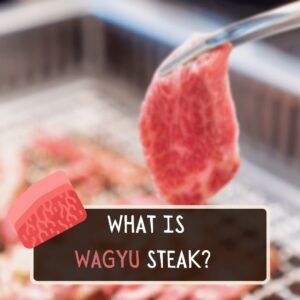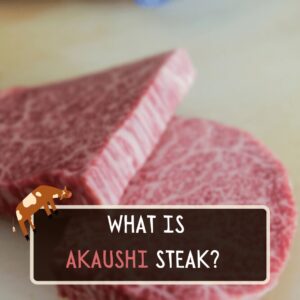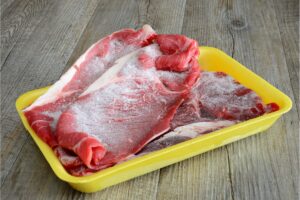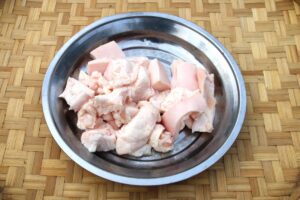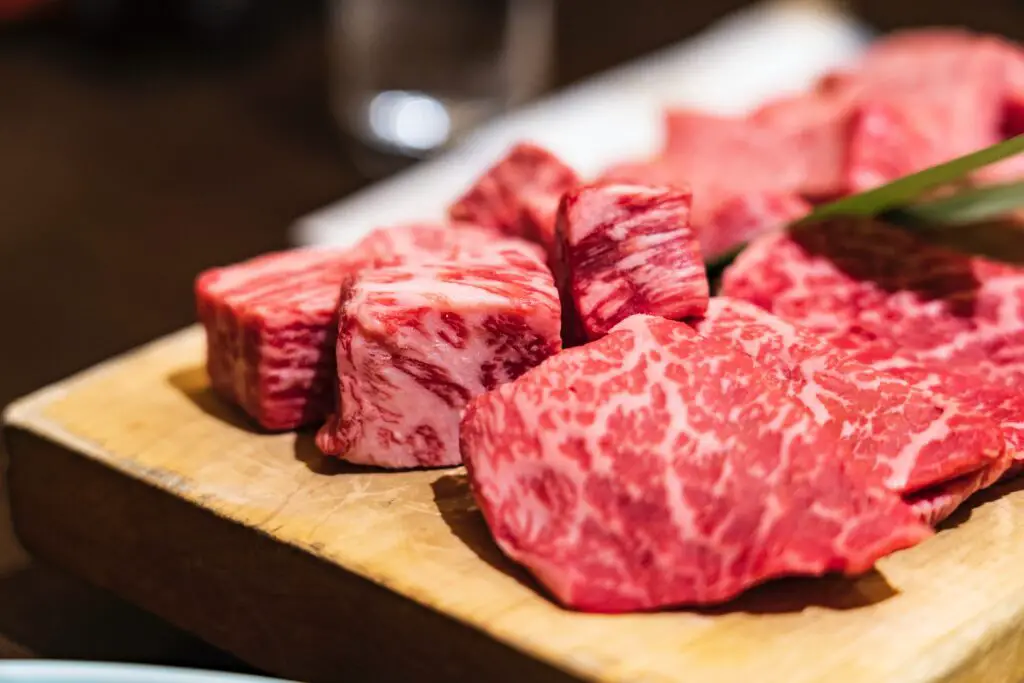It’s famous for its astronomical prices and insane marbling that makes the meat melt-in-your-mouth tender, but exactly how much is a A5 Wagyu steak?
Read on for a drool-worthy look at the price of A5 Wagyu, plus some detailed information about the world’s most delectable Japanese steak. Editor’s note: As an Amazon Associate and Shareasale affiliate I earn from qualifying purchases.
A5 Wagyu Steak at a Glance
A5 Wagyu steaks are produced in Japan and are famous for their tender, buttery taste with insane marbling.
They can cost around $250 or higher per pound. When you order A5 Wagyu steak, it arrives at your door frozen in vacuum-sealed packaging for maximum freshness.
Here’s a quick look at a few different sizes:
| Type | Size |
| A5 Wagyu Petite Striploin | Up to 5 Oz. / serving |
| Japanese A5 Wagyu Filet Mignon | 4 – 5 Oz. |
| Bestsellers Japanese A5 Wagyu | Various sizes |
Why Does A5 Wagyu Steak Cost So Much?
Starting at $250 or higher per pound, Japanese A5 Wagyu beef definitely comes at a steep price. Why does this specific meat cost so much more than other alternatives? Take a look.
Unparalleled Taste
If you’ve tried A5 Wagyu steak before, then you’re familiar with the unforgettable eating experience. High-grade Wagyu beef comes with buttery melt-in-your-mouth tenderness, a delicious meaty flavor, and distinctive texture.
What makes this mouth-watering combination possible? The one-of-a-kind marbling of the meat makes it butter-soft, turning the rich taste of the beef even richer.
In order to get this marbling, Wagyu are specially bred for the following:
- A higher number of intermuscular fat cells
- A more even fat distribution throughout the muscle
- Fat content at almost 50%
This gives Wagyu its delicate pink color and prized tender flavor. No other kind of meat has this kind of marbling, which is why A5 Wagyu beef is so expensive.

Japan’s Geography
In addition to the delectable taste, geography is another reason why the A5 Wagyu steak is so ridiculously expensive. The land is scarce in Japan, which makes the Japanese cattle industry far smaller than its US counterpart.
Instead of several thousand cattle on one domestic lot, there are anywhere between 10 and 100 cattle on Japanese feedlots. The low numbers of Wagyu cattle, therefore, get ample care and direct supervision from their farmers.
Scarcity of Specialized Farmers
Labor is expensive in Japan, even more so because the number of young people joining the Wagyu industry is steadily decreasing. This means the specialized farmers are aging and increasingly limited in number, which naturally drives the price up.
Security and Traceability System
Japan’s Wagyu industry has a rigorous traceability and security system with unparalleled transparency. The Japanese government maintains extremely strict measures to protect Wagyu quality and value.
The first step starts with taking the nose print of every cattle at birth. Each cattle is then issued its own 10-digit code, which is a traceable identification number unique to that specific cattle.
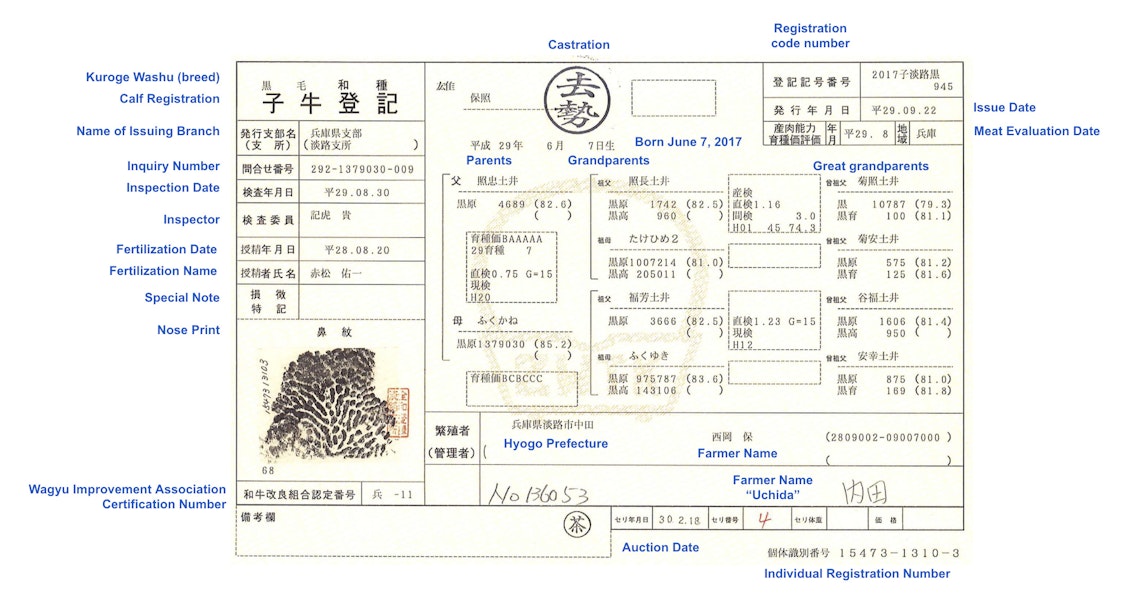
Japan’s National Livestock Breeding Center provides this service, which protects businesses and individuals from fraudulent sellers and suppliers. It’s also an effective safeguard for the world-renowned Wagyu beef reputation, which is hundreds of years old.
Using this unique ID number, you can trace back any information you need for every single Wagyu cattle. This includes the following:
- Date of birth
- Gender
- Parents and extended lineage
- Breed
- Feedlot
- Processing plant
- Exporter
- Importer
- Distributor
Naturally, maintaining such a thorough system affects the price of A5 Wagyu.
Importing Costs
Importing Japanese Wagyu to the US brings with it additional costs. The import quota on Japanese beef stands at 200 tons per year. These first 200 tons are subject to an import duty of 4.4 cents per kilogram.
The US levies a 26.4% import tax on all Japanese beef that exceeds the import quota, which naturally affects the retail price of Wagyu.
Why Does A5 Wagyu Steak Taste So Good?
What gives A5 Wagyu beef its unique marbling, taste, and texture in the first place? Take a look at how the specialized raising technique contributes to the world-renowned flavor profile.
Longer Feeding Time
US beef programs feed cattle for just about 120 days, after which they’re taken to be processed. In contrast, Japanese Wagyu cattle feed on a special high-energy diet for a much longer period, ranging between 600 and 700 days.
Consequently, Japanese Wagyu is fed over five times longer than their US counterparts. The longer feeding period uses more resources and time, but this is how Japanese Wagyu mature until they fully marble.
Low-Stress Environment
Japanese Wagyu receive meticulous care and direct monitoring from their farmers, who strive to provide a stress-free environment for these remarkable cattle. This is, in turn, reflected in the flavor, texture, and taste of the meat.
What Does A5 Mean?
A5 refers to the grade of Wagyu. Wagyu is graded based on two factors:
- Meat yield
- Marbled-fat quality
The only Wagyu grades certified for sale in Japan are A3 to A5. The higher the grade, the steeper the price, with A5 being the highest grade of them all.
Wagyu Cuts
Out of over 300 Wagyu varieties, the best Wagyu cuts come from only 10 regions. The best-known Wagyu cut is Kobe beef, from the city of Kobe, the capital of Hyogo Prefecture. Kobe is made from steers, which are castrated bulls.
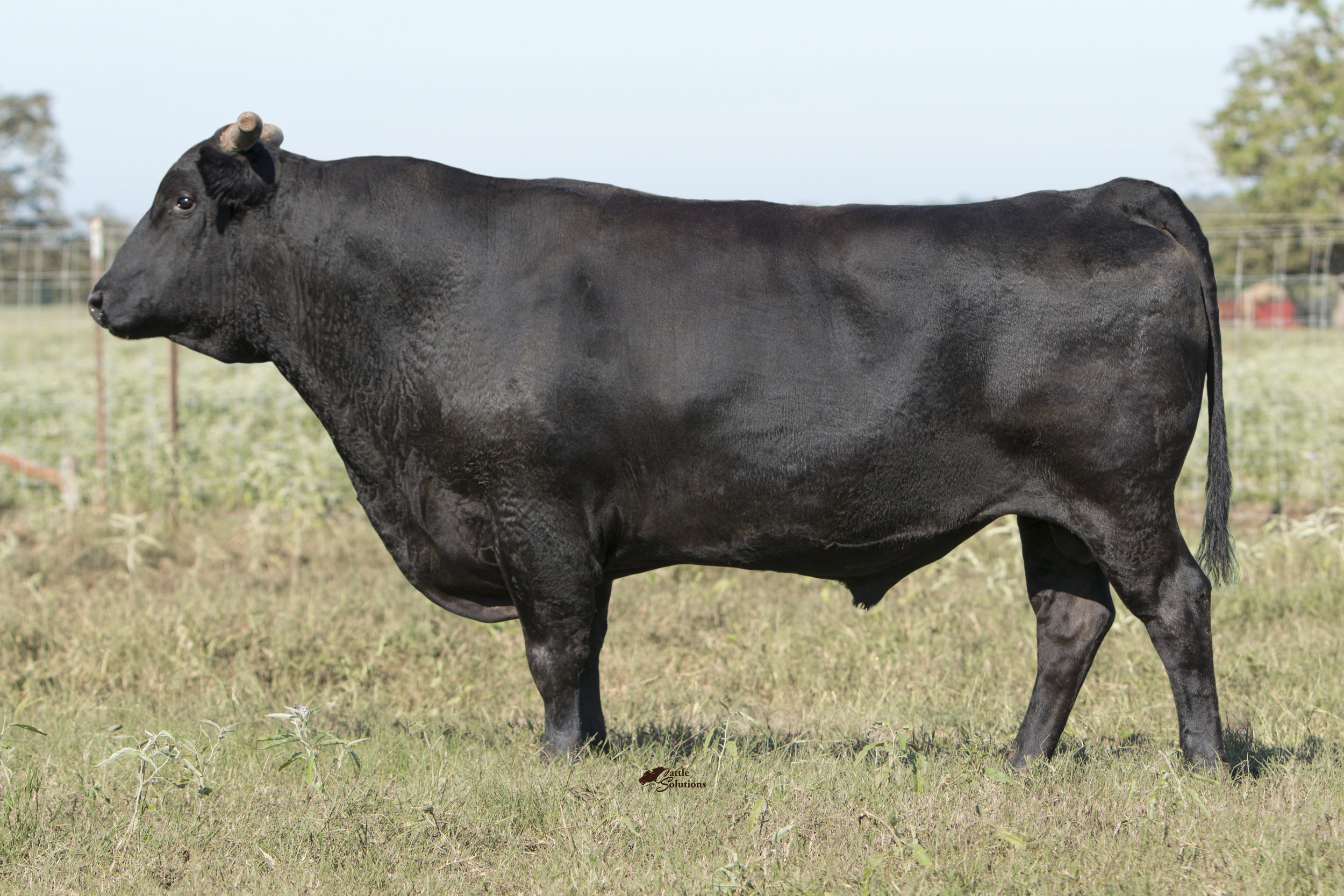
Another extremely pricey cut is Matsusaka Wagyu. Highly sought-after for its tender texture, it comes from Mie Prefecture and is made exclusively from virgin female cows.
How to Make Sure Your A5 Wagyu Is Authentic
When buying A5 Wagyu, make sure to request the authenticity certificate that shows the unique cattle ID number. This is an effective measure against fraudulent sellers who won’t be able to provide this.
Conclusion
The careful monitoring, the stress-free raising of cattle, and a prolonged, generous feeding program are behind the exquisite marbling and taste of A5 Wagyu steaks.
Together with Japan’s dwindling labor supply, land scarcity, and tight production regulations, this explains the astronomical A5 Wagyu price tag. If you ever wondered how much is a a5 wagyu steak, this is the short answer.
That said, Japanese A5 Wagyu is no ordinary meal. The unforgettable eating experience is second to none, making the steep price worth paying for those occasions when nothing but the best will do.
If you want to try it, I recommend checking out the best selling Wagyu Steaks at CrowdCow.

